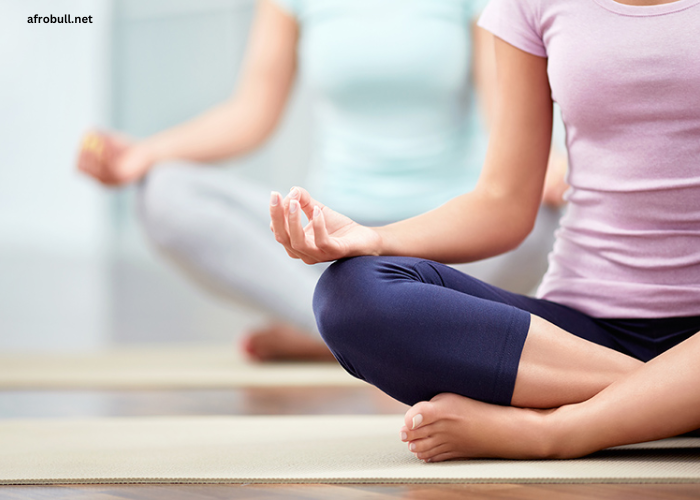Stress is an inevitable part of life, but it doesn’t have to control you. When managed effectively, stress can be a motivator rather than a detractor. Relaxation techniques offer a proven way to reduce stress, promote mental clarity, and improve overall well-being. Here’s how you can incorporate relaxation strategies into your daily routine.
1. Understanding Stress and Its Effects
Stress triggers a biological response designed to help us handle challenging situations. However, chronic stress can lead to physical, mental, and emotional health issues, such as:
- Increased blood pressure
- Anxiety and depression
- Fatigue and sleep disturbances
- Weakened immune function
Recognizing the signs of stress is the first step toward managing it. Common symptoms include irritability, muscle tension, headaches, and difficulty concentrating.
2. The Science Behind Relaxation Techniques
Relaxation techniques work by activating the body’s parasympathetic nervous system, often called the “rest-and-digest” system. This reduces the physiological effects of stress, such as elevated heart rate and cortisol levels, allowing your body to return to a state of balance.
3. Effective Relaxation Techniques
Here are some popular relaxation methods to help you manage stress:
a. Deep Breathing Exercises
Deep breathing involves slow, deliberate breaths that help calm your mind and body. Try this simple exercise:
- Sit or lie down in a comfortable position.
- Inhale deeply through your nose for a count of four.
- Hold your breath for a count of four.
- Exhale slowly through your mouth for a count of six.
- Repeat for 5-10 minutes.
b. Progressive Muscle Relaxation (PMR)
PMR helps release physical tension by systematically tensing and relaxing different muscle groups. Start from your toes and work upward, focusing on each muscle group for a few seconds before releasing.
c. Mindfulness Meditation
Mindfulness meditation involves focusing your attention on the present moment without judgment. This practice can:
- Reduce anxiety
- Improve focus
- Enhance emotional regulation
To get started, find a quiet space, sit comfortably, and focus on your breath or a calming word or phrase.
d. Yoga and Tai Chi
Both yoga and tai chi combine gentle physical movements with deep breathing and mindfulness. These practices enhance flexibility, reduce muscle tension, and promote relaxation.
e. Guided Imagery
Guided imagery involves visualizing calming scenes, such as a peaceful beach or a serene forest. Close your eyes and imagine yourself in this setting, engaging all your senses to create a vivid mental picture.
4. Incorporating Relaxation Techniques into Your Routine
Consistency is key to managing stress effectively. Here are tips for making relaxation techniques a regular part of your life:
- Set aside dedicated time: Even 10-15 minutes daily can make a difference.
- Create a relaxing environment: Use soothing music, candles, or aromatherapy to enhance the experience.
- Combine techniques: Experiment with different methods to find what works best for you.
- Practice mindfulness throughout the day: Take short breaks to breathe deeply or stretch, especially during high-stress moments.
5. When to Seek Professional Help
While relaxation techniques are effective, they may not be enough for severe or persistent stress. Consider seeking help from a therapist or counselor if you experience:
- Chronic anxiety or depression
- Inability to perform daily tasks
- Physical symptoms that don’t improve with relaxation practices
Final Thoughts
Stress management is an essential component of a healthy lifestyle. By incorporating relaxation techniques into your daily routine, you can reduce stress levels, improve your mental health, and enhance your overall quality of life. Start small, stay consistent, and enjoy the calming benefits these practices bring to your day.

